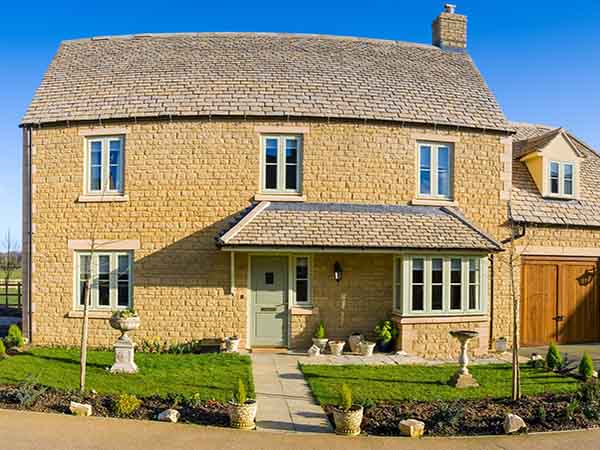Planning Obligations
Planning obligations may be imposed as conditions of planning permission and can include contributions towards infrastructure, affordable housing or environmental mitigation measures. It's essential to understand and budget for any planning obligations associated with your development. To address planning obligations, review the conditions imposed by the planning authority and ensure you understand the requirements and timescales for compliance. Budget for any financial contributions or obligations such as affordable housing contributions or infrastructure upgrades and factor these into your overall project budget. Work closely with the planning authority and relevant stakeholders to fulfil your obligations in a timely and compliant manner.
What Happens if the Self-Build Planning Application is Refused?
If your self-build planning application is refused you have the option to appeal the decision or modify your plans to address the reasons for the refusal. Working with planning professionals can help you navigate the appeals process and look at alternative solutions to achieve planning approval. To address a refused planning application review the reasons for the refusal provided by the planning authority and consider whether modifications to your plans could fix these concerns. Consult with planning consultants or solicitors to assess the merits of appealing the decision and prepare a thorough appeal case. Provide additional evidence or documentation to support your case and demonstrate how you have remedied the concerns or objections raised by the planning authority. Engage with the planning authority and local community to get feedback, explain and discuss any remaining issues or objections. Be prepared to negotiate and compromise where necessary to achieve a mutually acceptable outcome.
Checking National and Local Requirements
National and local planning requirements can vary significantly so it's important to familiarise yourself with the specific regulations and policies that apply to your area. Your local planning authority can provide guidance on the necessary requirements and assist you in preparing your planning application. To ensure compliance with national and local requirements consult with planning professionals or solicitors who specialise in planning law and regulations.
Review national planning policy documents to understand the main principles and objectives of the planning system. Research local development plans, supplementary planning documents and planning policy statements issued by your local planning authority to identify specific requirements and considerations for your area. Attend planning committee meetings, public consultations and neighbourhood forums to stay informed about proposed changes to planning policies and regulations that could affect your development.
Collaborate with local community groups, residents and stakeholders to understand their perspectives and concerns and incorporate their feedback into your planning proposals. By staying informed and engaging proactively with national and local planning requirements, you can ensure your custom home building project complies with all the relevant regulations and policies, maximising your chances of successfully obtaining planning permission.





